Innovation Alphabet
3D Printing
in a nutshell
“3D printing” is a process carried out by an electronic device which, instead of resorting to the canonical ink, it molds almost any kind of material: from concrete to living tissue, most usually plastic, but recently even metal. And the operating principle is similar to that of a traditional printer. The creation of three-dimensional models can lead to the redesign of a company’s production capabilities.


Application fields
• Architecture: 3D printing has made it possible to transform complex drawings into realistic, meticulously detailed models, constituting a revolution in architectural design. Moreover, “additive manufacturing” aims to soon frequently concern large-scale construction of houses, bridges, infrastructures and so on. It promises to be a low-cost and environmentally friendly solution for modern construction.
• Medicine: In healthcare, 3D printing makes it possible to “touch” anatomical models of astonishing accuracy and analyze even the usually hidden internal parts such as tissues and blood vessels. In the future, the ability to print biological material in the laboratory will allow us to forge new, fully functioning organs, as well as customized prosthetics at incredibly affordable prices.
• Engineering products: The ultimate groundbreaking frontier in 3D printing is fusing metal in prototyping and production processes. Combining the design flexibility of 3D printing with the mechanical properties of metal alloys makes it possible to create lighter, fully functional prototypes and end-use components without material waste. In general, printing metal reduces the amount of moving components. Consequently, it reduces the possibility that a minor part failure invalidates the entire core element. But 3D printing isn’t just about canonical additive manufacturing. Laser cutting is a procedure that, starting from raw material, cuts it at high speed and with great accuracy until the final result is shaped.
Industries
• Architecture industry: 3D Housing 05
Massimo Locatelli of CLS Architetti designed the sustainable house, a 100-square-meter prototypical home built in just 7 days. The project represents an environmental challenge: a house that you can demolish and rebuild through recycling the same material. The dialogue between innovation and tradition made it possible to reduce waste and production costs.
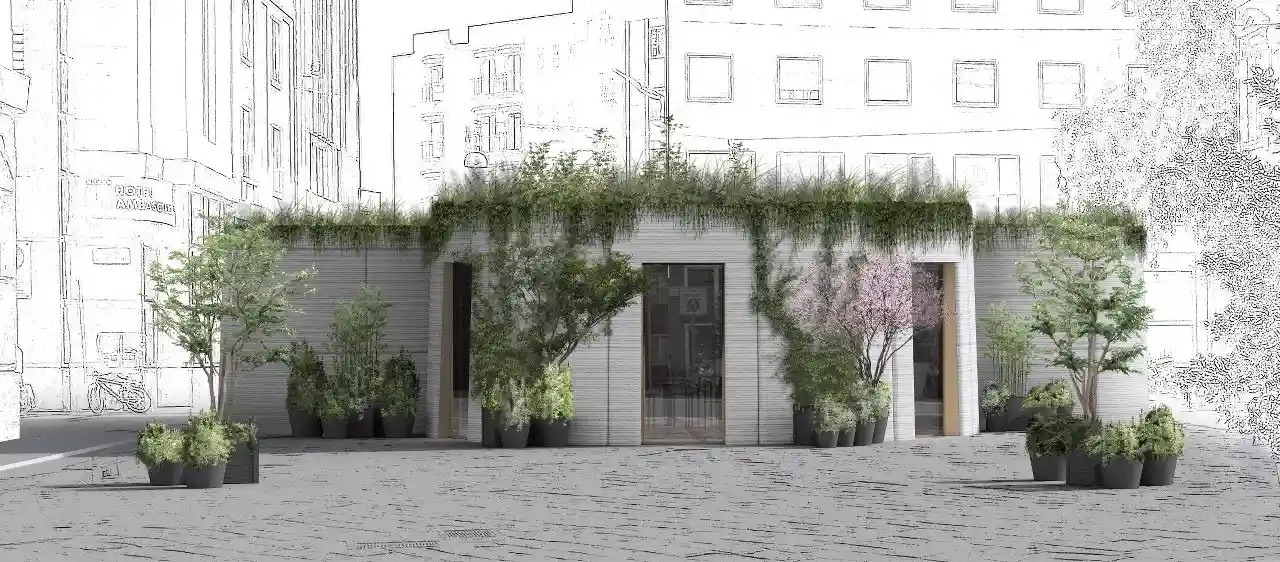
• 3D Printing in the dental industry
After taking a three-dimensional image of a patient’s teeth, HP’s 3D technology makes thermoforms for customized dental aligners, shipped directly to the customer’s home. HP monitors progress via an app, through which the dentist can remotely check in. HP, then, recycles excess material and already processed plastic mouth molds into pellets for traditional injection molding.
• 3D Printing in the cosmetics industry
In 2018, cosmetics company Lush opened a research and development center in southern England equipped with additive manufacturing technologies. Stereolithography makes it possible to produce molds with fine details and lettering on products without any loss in quality. As a result, Lush can go from conception to printing in a matter of minutes, carving out time to be spent on increasingly sophisticated designs.
Do you have a Strategy & Innovation challenge to tackle? Let’s face it. Together.
C-levels from these companies (AND MORE) relied on my expertise to overcome thEIR CHALLENGES IN THIS AREA. And you can, too.
Can I help you?business functions
• 3D Printing in support of housing construction
ICON has developed an industrial 3D printer capable of building a house in 12 to 24 hours, depending on size, at an average cost of just $10,000 and with good thermal efficiency. This is a challenge to traditional construction methods. Speed of realization, alternative design solutions and a high level of resilience.
• 3D Printing in support of footwear production
Crocs introduced “3NTR additive manufacturing” technologies into its production development process in order to maintain its high-quality standards while reducing costs and time-to-market. Using 3D printing, the company has optimized the prototyping phase and shortened lead times from 3 to 1.5 days.
• 3D Printing in support of car production
EDAG, a German design studio, has created Light Cocoon, a 3D printed car. The car is covered with a lightweight, transparent, and waterproof elastic material, which gives it a “bionic” design. The optimized structure was made using SLM 3D printing technology.

Stay in wonderland
Let me show you how deep the rabbit hole goes.
Check out more of the Innovation Alphabet:
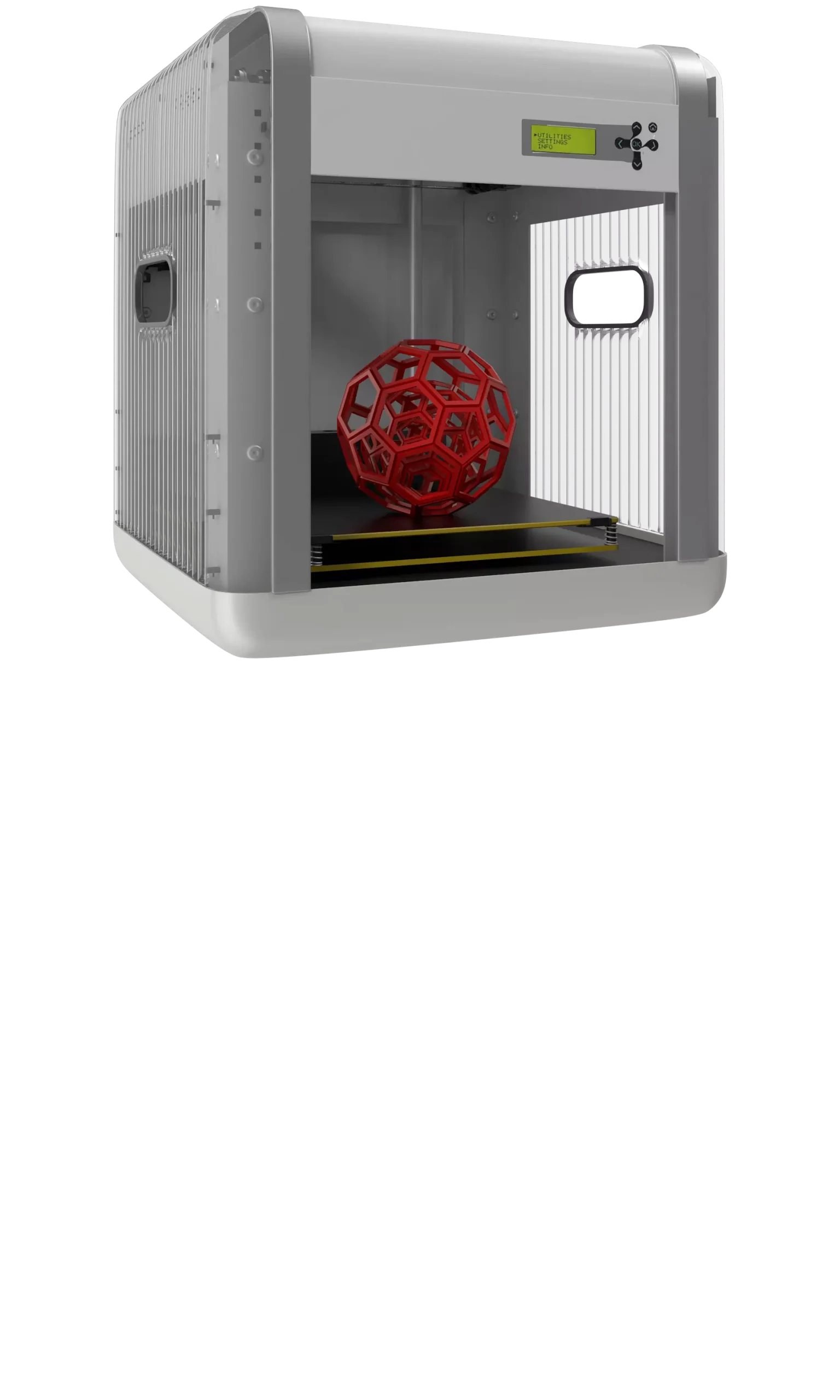
3D Printing
3D Printing
“3D printing” is a process carried out by an electronic device which, instead of resorting to the canonical ink, it molds almost any kind of material: from concrete to living tissue, most usually plastic, but also metal. And the operating principle is similar to that of a traditional printer. The creation of three-dimensional models can lead to the redesign of a company’s production capabilities.
Dive In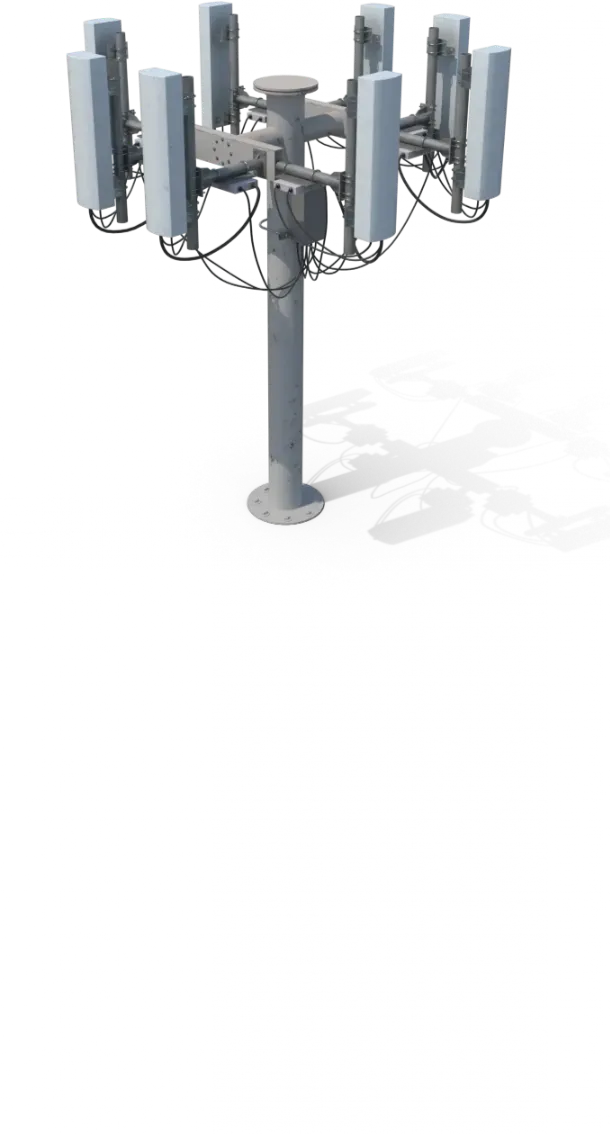
5G
5G
5G is the new frontier of cellular telephony. It was designed to improve (or completely replace) previous generations of mobile networks. The 5th generation features lower latency, ensuring flawless performance of business applications and many other digital experiences – thus enabling the new cultural generations to furiously play Fortnite away from home.
Dive In
Advanced Analytics
Advanced Analytics
The term “Advanced Analytics” refers to the ability to autonomously or semi-autonomously analyze data and content to identify correlations, develop analyses, predictions, and recommendations. It is not just a matter of collecting information and then organizing it into watertight compartments: the ultimate goal is to identify a dialogue pattern from a data-driven perspective.
Dive In
Agile
Agile
Agile is an approach to software development designed to respond to change. Teams quickly analyze the context in which they operate, identify uncertainties faced, and figure out how to adapt to always move forward. Interaction between individuals comes before processes and tools; collaboration with the customer is more important than negotiating contracts.
Dive In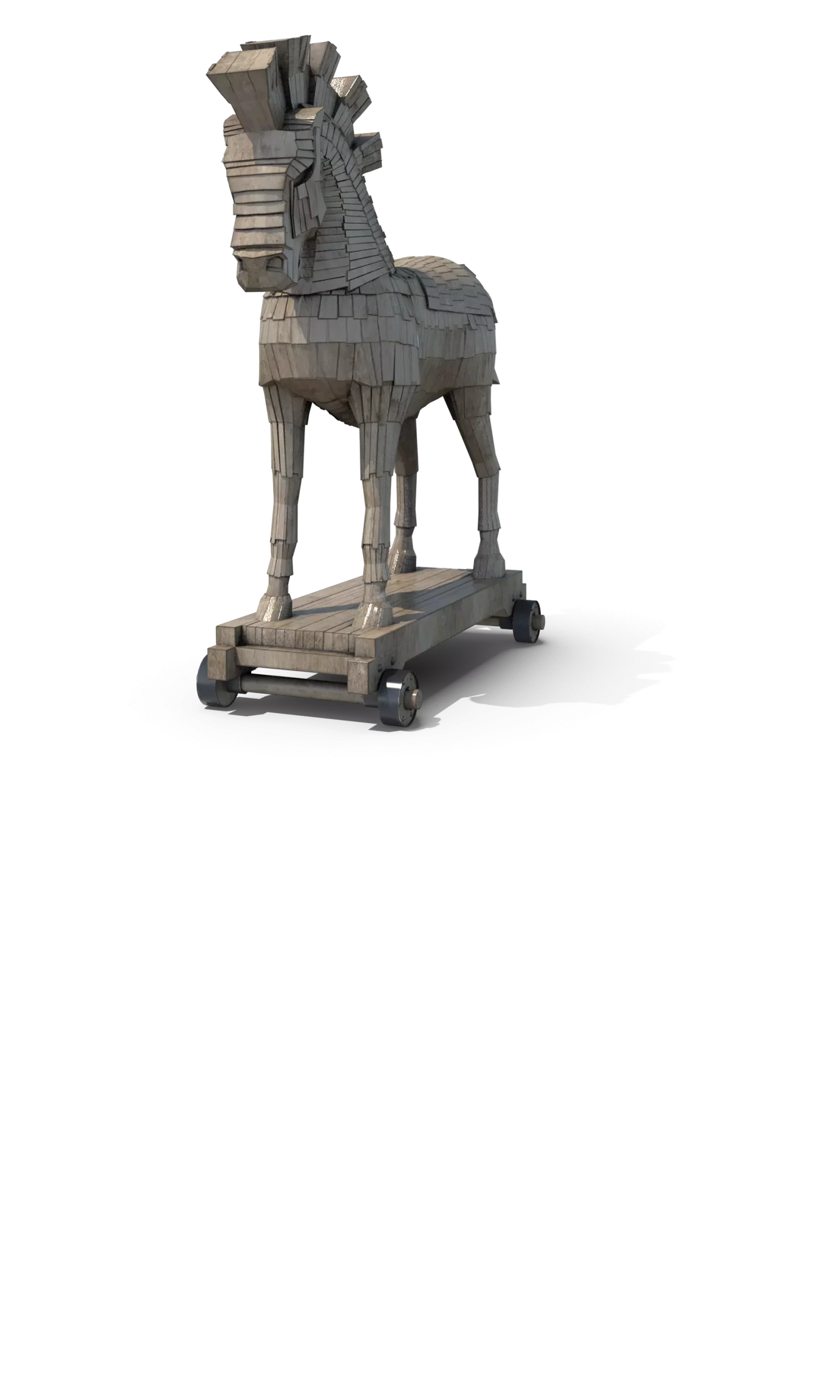
Ansoff Matrix
Ansoff Matrix
The Ansoff Matrix is a marketing planning model that arises from the intersection of new and existing products and markets. It derives four possible strategies for expanding the company’s market, which are built around four variables with a changeable factor of risks and possibilities: existing product, new product, existing market, new market.
Dive In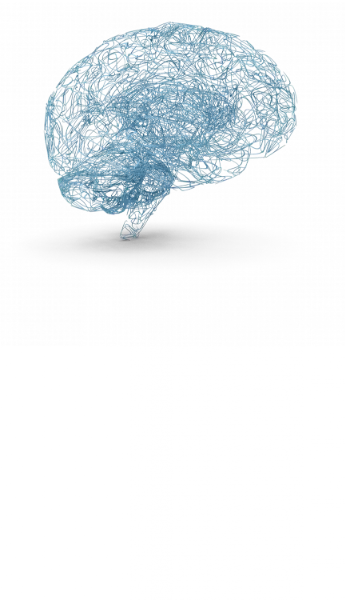
Artificial Intelligence
Artificial Intelligence
Artificial Intelligence is not strictly defined. Basically, it is a computer system able to make decisions in an independent and flexible way. A good AI application can perform everyday tasks better than an average person (e.g., identifying other people from their photos on social media or beating the best chess player). Nothing to fear, then. Unless you are a chess champion.
Dive In
Artificial Scarcity
Artificial Scarcity
We often tend to desire what we cannot have. Or what we are in danger of losing: Artificial Scarcity is a strategy that flaunts a limited number of items that do not correspond to actual availability. The goal is to stimulate the perception in consumers that the stock of items is about to run out and thus create a need based on the “fear of being cut off” or the intention to buy the item in order to resell it at a higher price.
Dive In
Attack Surface
Attack Surface
The term attack surface refers to the part of a system that may be subject to attack or breach by hackers. The smaller that surface is, the easier it will be to protect it. Indeed, the Internet is an ocean of deep, dark waters: those who navigate it must be aware that they are exposing themselves to a flood of digital risks. Yet, ironically, we do not need a big boat to shelter us.
Dive In
Augmented Reality
Augmented Reality
Augmented Reality is an ever-evolving technology that overlays multimedia information on top of our common sensory horizon to gain a deeper understanding of our surroundings. No, it doesn’t allow you to step out of the Matrix dream simulation, nor can it be accessed by swallowing a red pill. But neither is it the disturbing experience of the Playtest episode of Black Mirror.
Dive In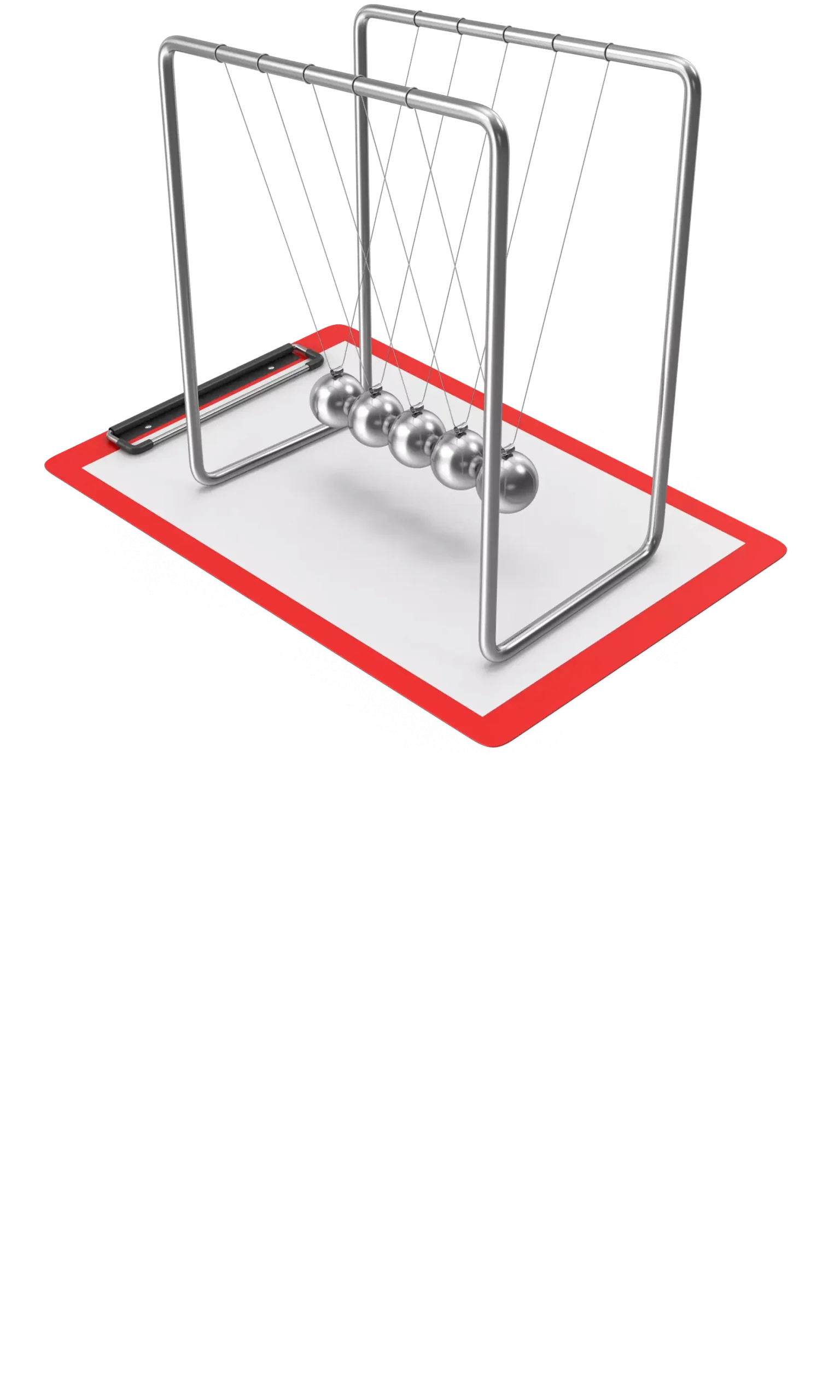
Balanced Scorecard
Balanced Scorecard
In business, as in life, you need balance. The Balanced Scorecard is a holistic tool for strategic management. It offers, in fact, the possibility of assessing corporate performance in its wholeness. An overview that embraces four perspectives: the business/financial side, customers and stakeholders, internal processes, and learning and growth.
Dive In